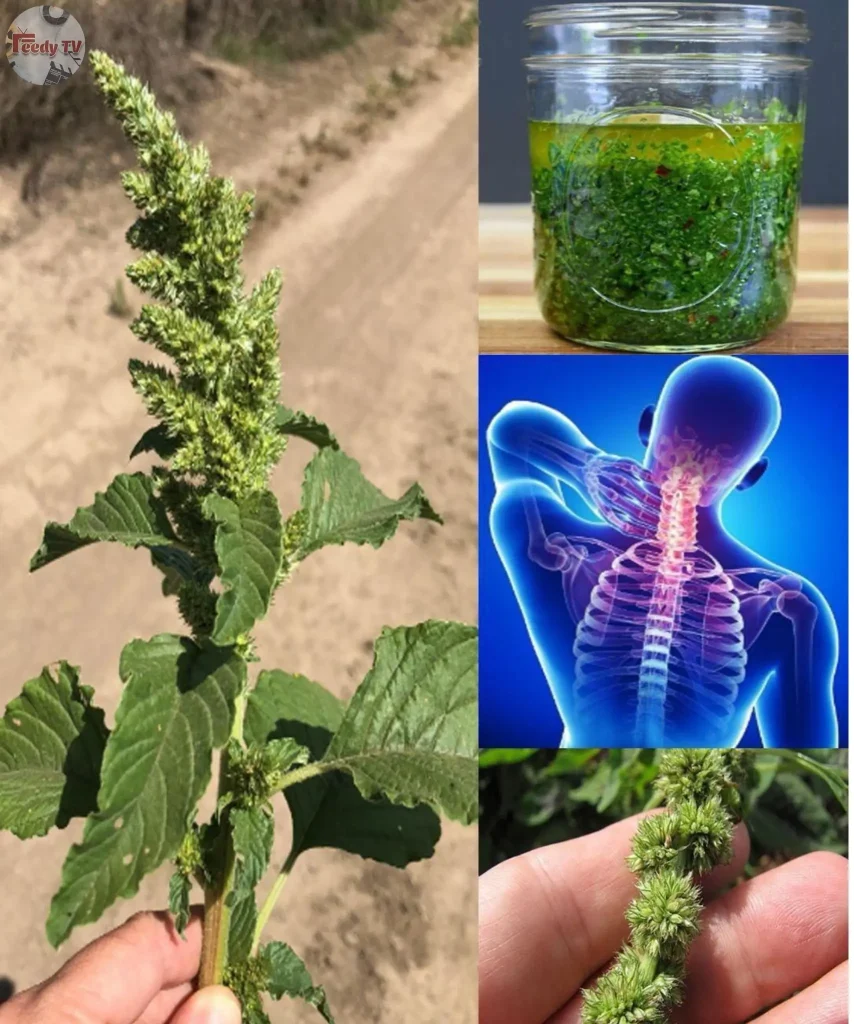
🌿 What Is Amaranth?
Amaranth is a highly nutritious plant native to Central and South America and has been used for centuries by indigenous peoples for both food and medicine. It grows wild in many regions and is now considered a superfood. The plant includes:
- Leaves: Edible and rich in vitamins.
- Seeds: Used like grains (gluten-free).
- Stems & flowers: Often used in traditional remedies.
✅ 1. Rich in Essential Nutrients
🧪 Nutritional Highlights:
| Nutrient | Function |
|---|---|
| Protein | Builds muscle, repairs tissue |
| Iron | Supports blood health (prevents anemia) |
| Calcium | Strengthens bones and teeth |
| Magnesium | Calms nerves, supports heart function |
| Vitamin C | Boosts immunity, antioxidant |
| Vitamin K | Helps with blood clotting and bone strength |
| Fiber | Aids digestion, reduces cholesterol |
Fun fact: Amaranth seeds contain lysine, a rare amino acid not found in most grains, crucial for brain development and immune support.
💪 2. Anti-Inflammatory Benefits
Amaranth is rich in anti-inflammatory compounds:
- Peptides reduce chronic inflammation.
- Squalene, found in amaranth oil, has antioxidant and soothing effects.
Used for:
- Arthritis pain
- Muscle aches
- Back and neck stiffness (like shown in the image)
- Skin inflammation
❤️ 3. Supports Heart Health
How it helps:
- Fiber lowers bad cholesterol (LDL).
- Magnesium helps regulate blood pressure.
- Antioxidants prevent oxidative damage to blood vessels.
Tip:
Drinking amaranth leaf tea daily may help keep your heart in better shape and your blood pressure stable.
🍃 4. Bone Strength and Joint Health
Rich in:
- Calcium
- Phosphorus
- Magnesium
- Vitamin K
This makes it great for:
- Preventing osteoporosis
- Easing joint pain
- Supporting growing children or older adults
🍽️ 5. Digestive Health
High in insoluble fiber, which:
- Improves gut health
- Prevents constipation
- Balances gut flora (healthy bacteria)
🛡️ 6. Boosts Immunity
Amaranth’s vitamin C, A, and E content helps:
- Protect against infections
- Fight off colds and flu
- Heal wounds faster
🧴 7. Skin Healing & Topical Use
Amaranth can be used externally:
- Make a healing oil or poultice with crushed leaves
- Apply to wounds, eczema, bug bites, or rashes
The oil in the jar in your image likely shows an infused herbal oil, where amaranth leaves are soaked in olive or coconut oil.
How to make it:
- Crush fresh amaranth leaves.
- Add them to a clean jar.
- Cover with olive oil.
- Let sit in the sun for 2–3 weeks.
- Strain and apply to skin.
🌱 8. A Gluten-Free Superfood (For Celiac or Gluten Sensitivity)
Amaranth seeds are naturally gluten-free, making them ideal for:
- People with celiac disease
- Those on a paleo or gluten-free diet
🧠 9. Brain & Nerve Support
The amino acid lysine in amaranth is vital for:
- Brain development
- Mood regulation (linked to serotonin production)
- Nerve repair after injury or stress
Also contains folate, good for pregnant women and memory function.
🌿 10. Detoxification
Amaranth acts as a natural diuretic, helping:
- Flush out toxins
- Cleanse kidneys
- Reduce water retention
Drink light amaranth tea or eat the leaves in soups for gentle detoxing.
🌿 How to Use Amaranth (Leaves, Seeds, Oil)
🍵 Tea for Internal Health:
- Boil 1 cup of fresh leaves or 2 tsp dried leaves in water.
- Simmer 10 minutes, strain, and drink.
- Optional: Add ginger or honey.
Use: 1–2 cups daily for inflammation or digestion.
🥗 Cooked Leaves:
- Sauté like spinach.
- Add to soups or curries.
- Rich, earthy flavor.
🌾 Seeds (Grain form):
- Toast and cook like quinoa.
- Use in porridge, baked goods, or protein bars.
🧴 Oil or Salve:
- Infuse fresh leaves in coconut/olive oil (as above).
- Store in a cool place.
- Use for skin or sore muscles.
⚠️ Cautions / Warnings
- Oxalates: Like spinach, amaranth leaves are high in oxalates, which may not be ideal for people prone to kidney stones.
- Don’t eat raw seeds or leaves in large quantities daily without proper preparation.
